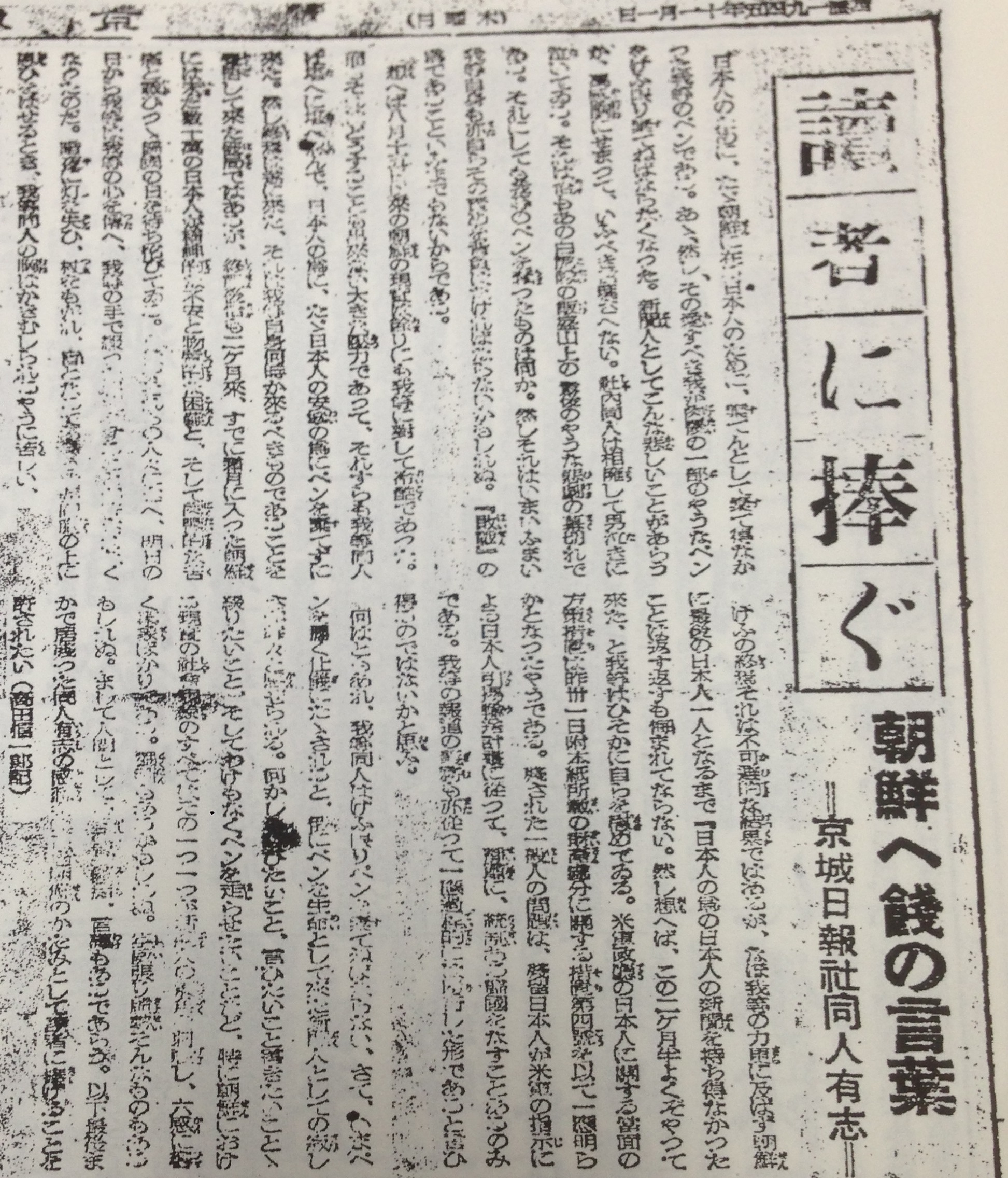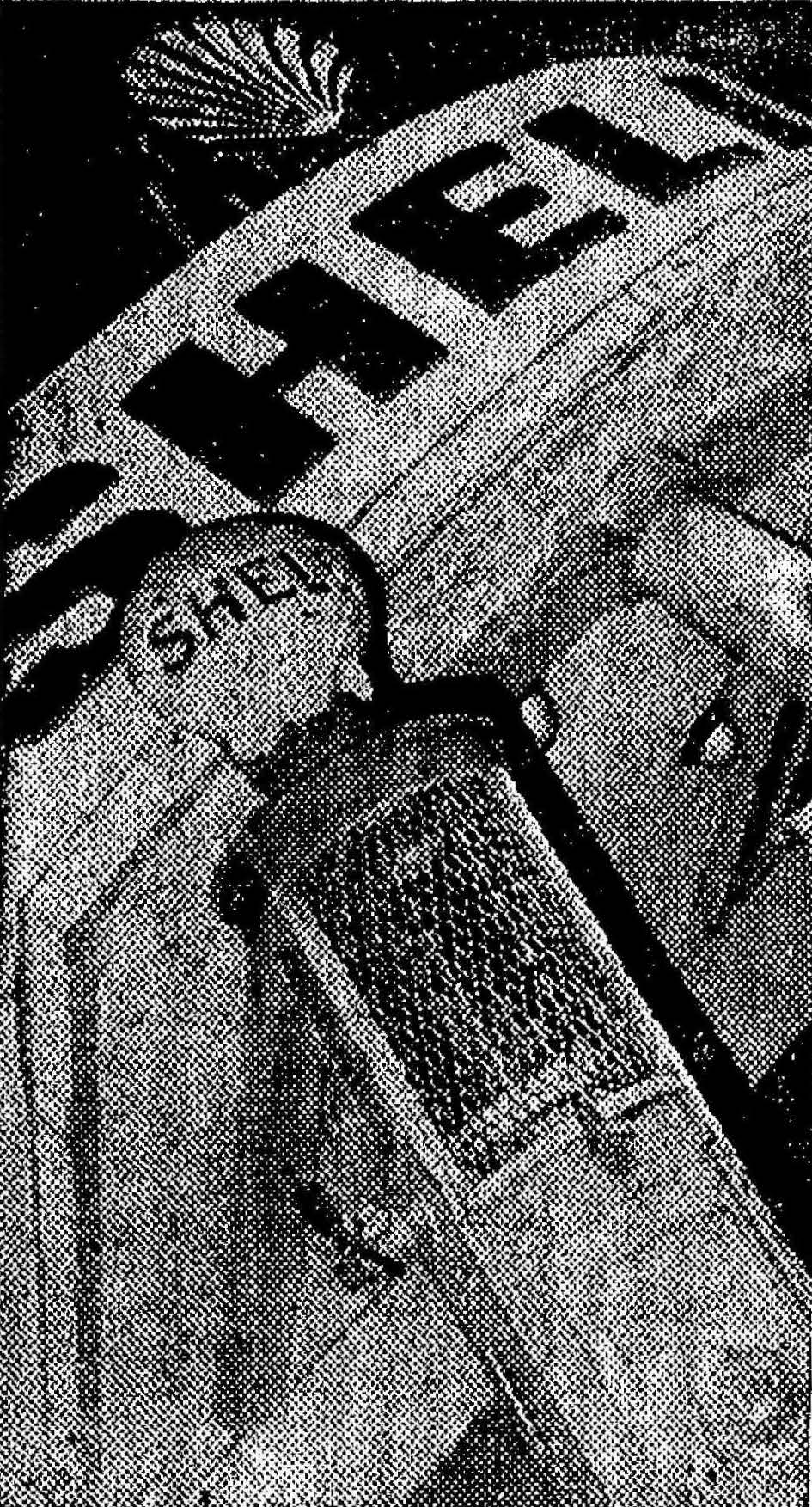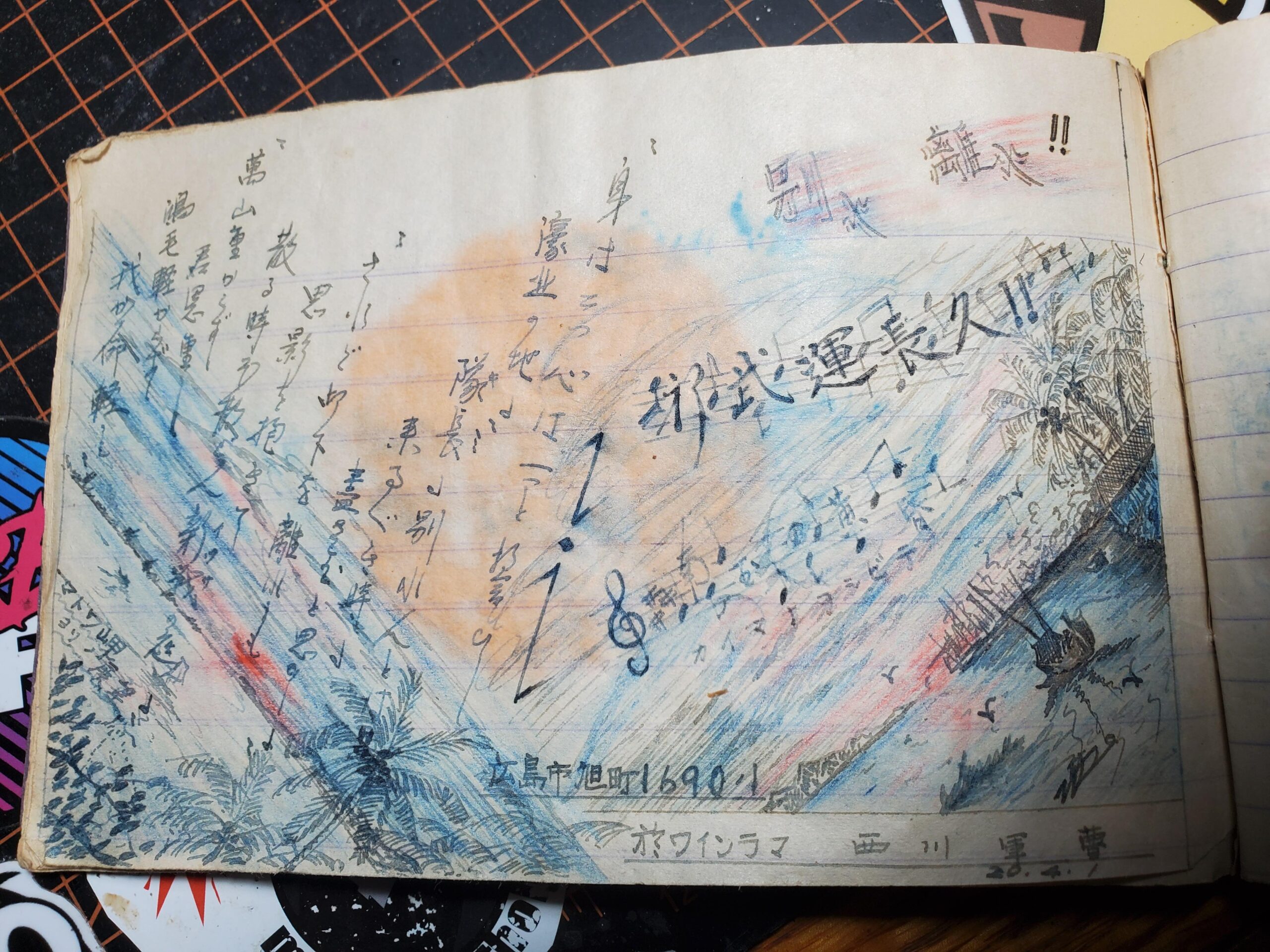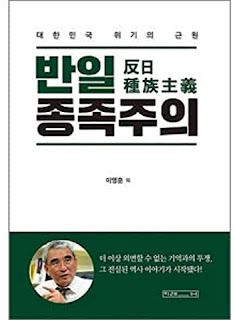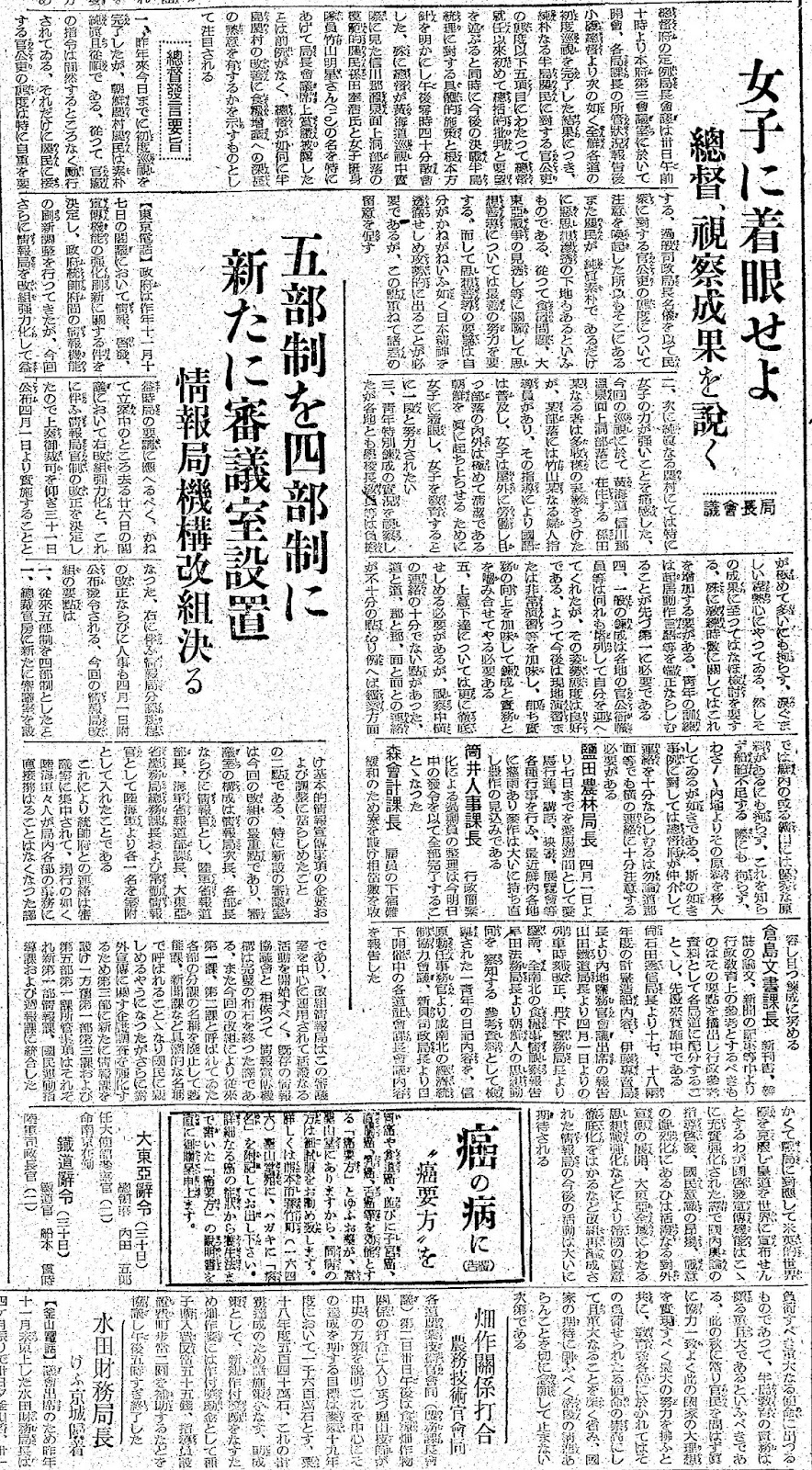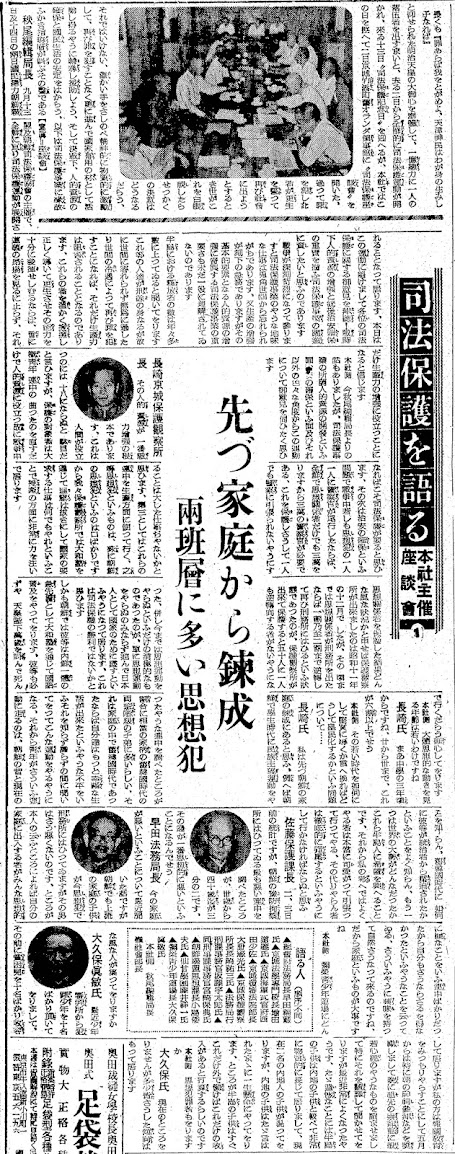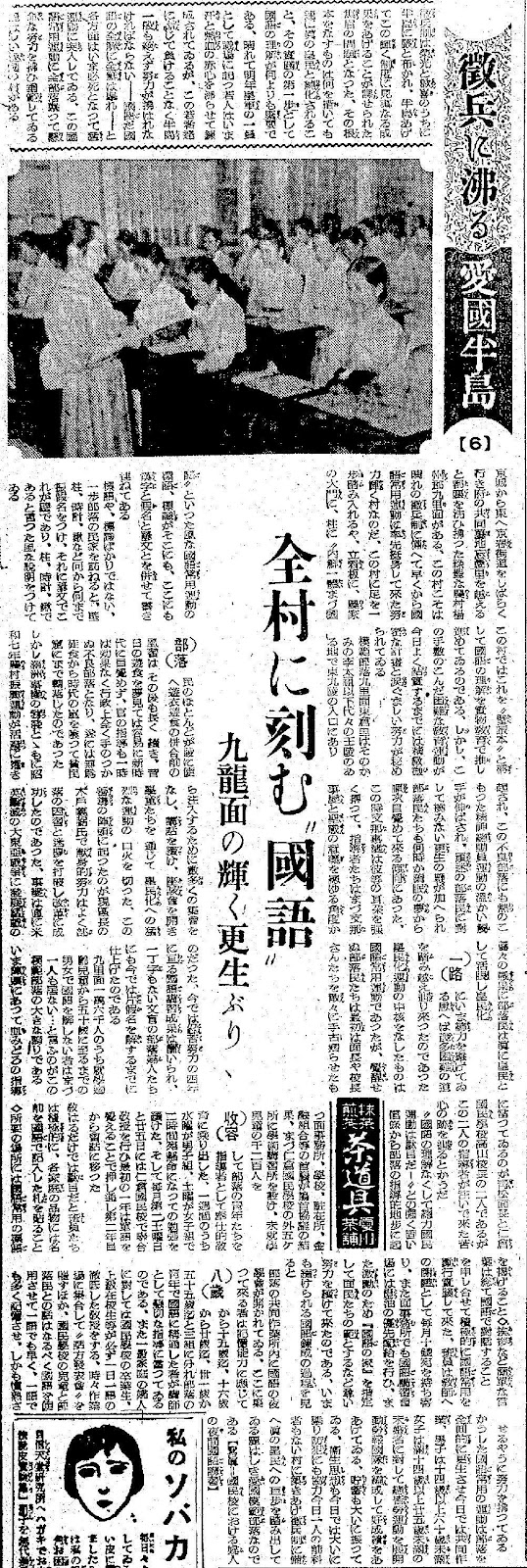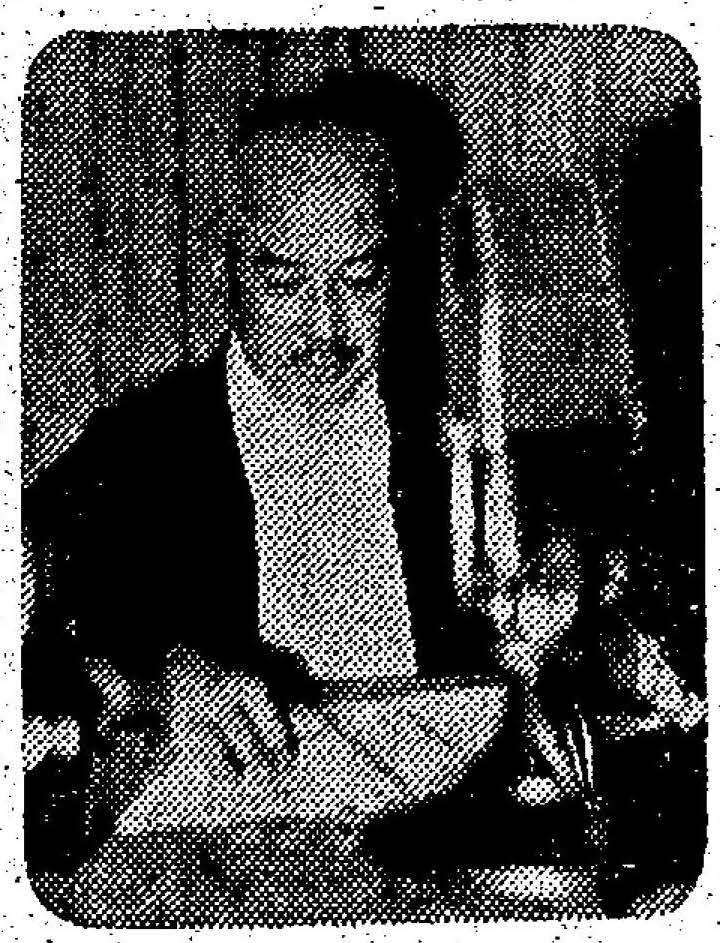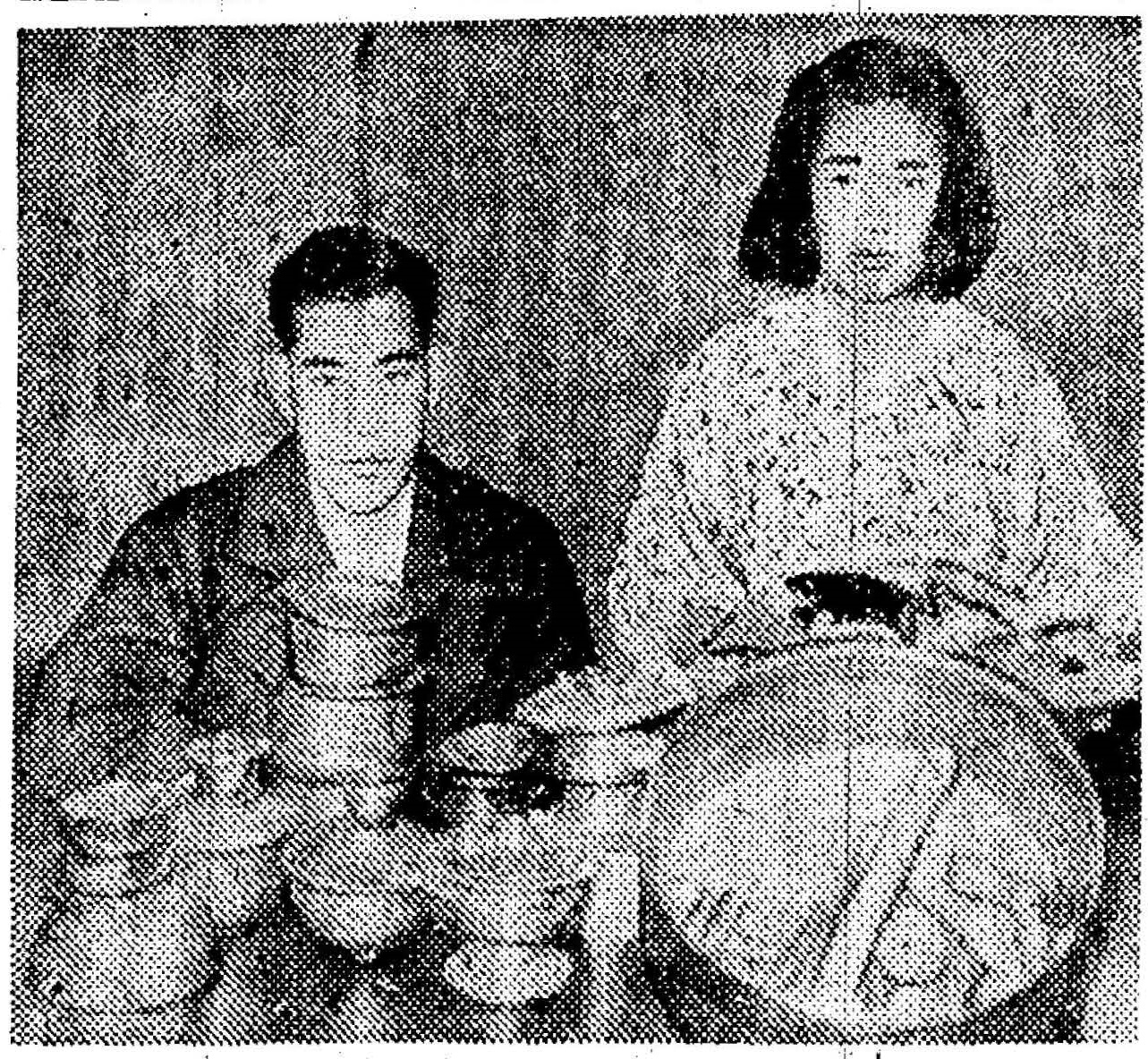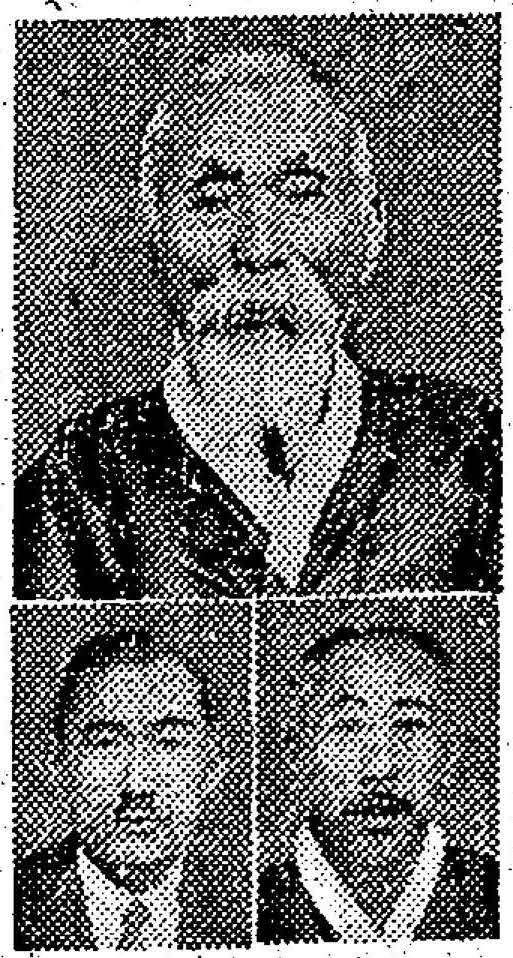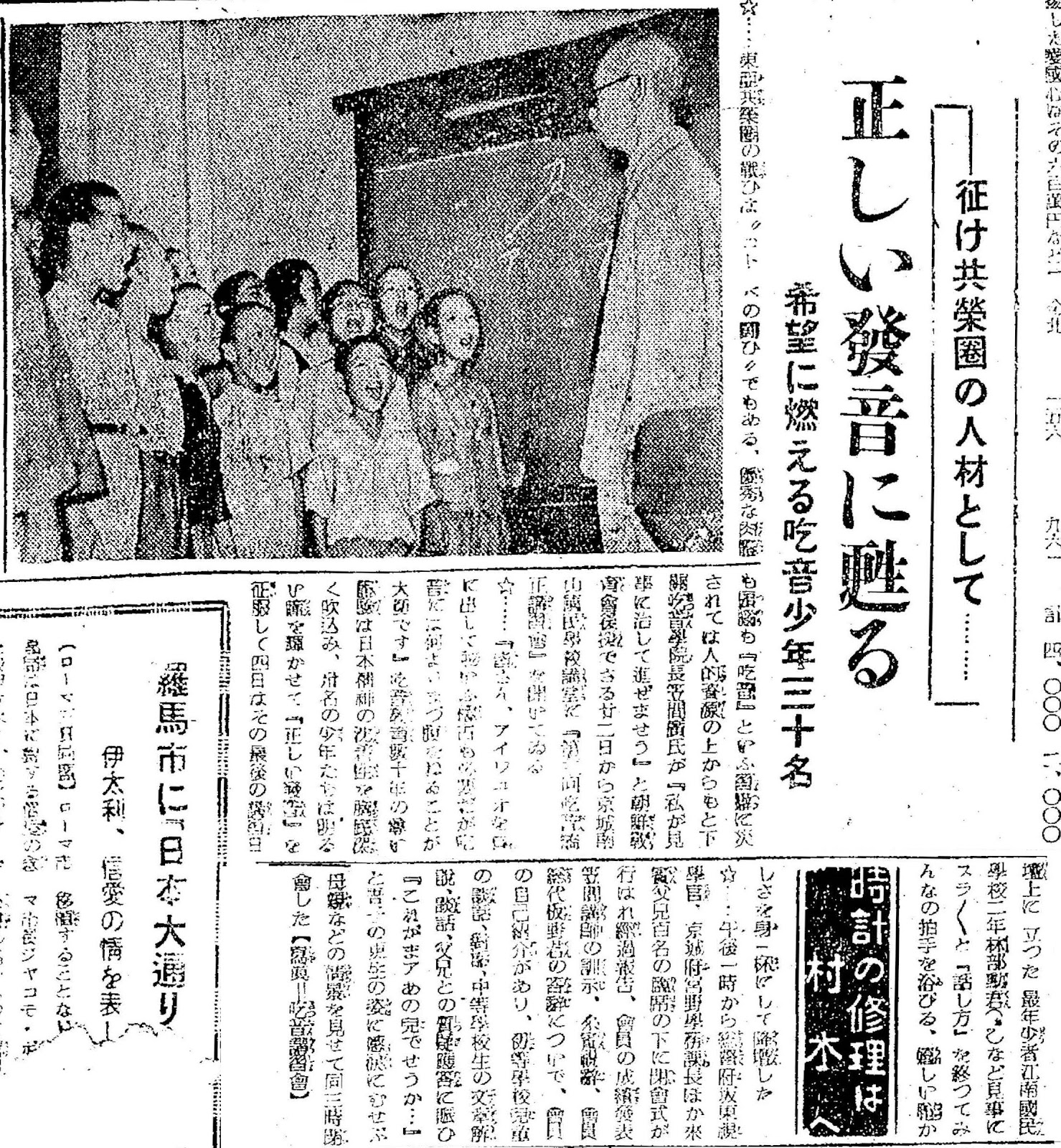
As food shortages deepened in Korea by 1943, Imperial propagandists encouraged Koreans to eat wild grasses as meat substitutes, which they insisted were nutritionally comparable to meat, and follow food quack Horace Fletcher’s advice to chew food 30 times to make up for the lack of food quantity
(Translation)
Gyeongseong Ilbo (Keijo Nippo) July 18, 1943
The way to solve the food problem
Wild grasses are also nutritious
They can become a staple food with just a little ingenuity
By Taiji Toyoyama, lecturer at Sookmyung Women’s College
To build a life fighting decisive battles, we depend on the ingenuity of the housewife. Even food problems can be solved in a moment by making the most of everything and devising ways to use what we have. Weeds growing in the mountains and fields can be a great substitute for staple foods. What kinds of wild edible weeds are there? What are these wild edible plants like, and how should they be prepared to be eaten? We ask nutritionist and lecturer at Sookmyung Women’s College, Mr. Taiji Toyoyama.
We must win the war, no matter how much suffering we must endure, but to win this war, we must also have a strong and indomitable physical strength. There are many things that have the greatest impact on physical strength, but we must first consider the food problem. The general public is saying that food is very scarce today, but is it really? It is true that, from the point of view of the people’s stomachs, food seems to be scarce, but I must say that we should be thankful that both the rich and the lower classes are able to eat the same way nowadays due to the rationing system. The mere thought of having less food in the world makes us feel hungry and insecure to a certain extent, which is a selfish thing.
How will this affect our health? We must carefully examine our lives and reflect on what measures we should take to deal with this. In fact, our lives have not yet reached the point where we are ready to fight decisive battles, and we are still living wasteful lives.
First of all, we wash rice too much, and this wastes important nutrients. Many housewives are generally indifferent to this and do not find it strange, and many are still doing it. What is regrettable is that when we cook rice, we sometimes turn up the heat too high, causing us to rinse away the starchy solution and throw away important nutrients by the slightest carelessness.
Chewing is the first step in the digestive process. Chewing is the first stage of digestion, so it is natural that we digest more when we chew well. We usually swallow food after a few chews without chewing enough, but this is not the way to obtain proper nutrition.
Horace Fletcher saved one-fifth of his food by chewing 72 times. We need to chew more than 30 times to make up for the lack of nutrition in quantity. This will solve the problem of quantity with a little attention on our part, but we must also think about the problem of food quality.
Some city dwellers complain about the lack of beef, but 80% of the Korean population lives without eating meat. Most of them are farmers, but if there is anyone complaining about the lack of meat in this emergency, he or she should consider the farmers who are living without eating meat at all. What then, do these farmers eat?
They mainly eat green vegetables. Chestnuts, barley, miso, and greens are their staple foods throughout the year. Among the greens are wild grasses that city dwellers throw away without a second thought. In fact, these wild grasses have become a meat substitute for the farmers. When we look at the nutritional situation of these people, it is at least comparable to that of city dwellers.
City dwellers have conventionally used green vegetables in hot pots, mixed stir-fries, or as main dishes. However, these greens do not necessarily have to be eaten with rice. They can also be used as an appropriate staple food or substitute food due to the shortage of grains.
There are many ways to use wild grasses as a staple food, but I would like to tell the public that “boiled vegetable dumplings” can be eaten as an excellent staple food. With this little ingenuity, wild grasses can be eaten as a staple food at least once a day. Boiled vegetable dumplings can also be found in the cities and suburbs these days.
Edible wild grasses such as Chenopodium album var. centrorubrum, Amaranthus tricolor, Portulaca oleracea, Commelina communis, and Plantago asiatica are gathered, boiled, soaked in water for about 30 minutes, drained, and chopped into small pieces. Mix in an appropriate amount of condiments such as green onions, chili peppers, sesame seeds, salt, pepper, cooking oil, etc. Then, measure out grain flour amounting to one-fifth of the size of the mixture, add half of the flour into the mixture, roll the mixture into small dumplings, then dip the dumplings into the remaining flour and put them into boiling water. Take out the dumplings when they float to the surface in the boiling water. If soy sauce is added to the dumplings, they make fine boiled vegetable dumplings.
Various other wild grasses can be used to make staple and substitute foods, but the most important thing is for housewives to be willing to gather wild grasses, cook them in creative ways, and make them into staple foods.
Gyeongseong Ilbo (Keijo Nippo) July 18, 1943
Eat wild grasses too
Wild grasses cooking class at Sookmyung Women’s College
To encourage housewives to be more creative and creative in their kitchens, the Seoul city government, in cooperation with the Seoul Branch of the Patriotic Women’s Association, held a “cooking class for wild edible grasses” at the auditorium of Sookmyung Women’s College at 2 p.m. on July 17th. Under the guidance of Mr. Taiji Toyoyama, a lecturer and nutritionist at Sookmyung Women’s College, 250 executives of the Patriotic Women’s Association cooked wild edible grasses. After everyone enjoyed the dishes that they had prepared by the end of their class, and having become more aware of the future uses of wild grasses, the event ended at 4 p.m.
[Photo: Wild grasses cooking class].
(End of Translation)
Source: https://www.archive.org/details/kjnp-1943-07-18
On a personal note, as a Japanese person, this article reminded me of my grandparents’ experiences in mainland Japan during World War II. They also went through severe food shortages and learned what kinds of wild plants were edible. Later on, I met some Chinese friends who experienced the Great Leap Forward and the Cultural Revolution, and they showed me their deep knowledge of edible wild plants. I find it sad that North Koreans still forage for edible wild plants to survive.
Although Horace Fletcher was an American, the Imperial Japanese regime adopted his quack chewing ideas as their own and spread them throughout Imperial Japan. Educated in the Imperial Japanese educational system, my grandparents also believed that chewing food long enough would extract more nutrition, so I remember them emphasizing the importance of proper chewing, which my parents also parroted.
(Transcription)
京城日報 1943年7月18日
食糧問題をこうして解決
野草も栄養満点
工夫一つで主食になる
淑明女専講師:豊山泰次氏談
決戦生活の建設は主婦の創意工夫一つである。食糧問題も総てを活かして使う工夫をすれば忽ち解決出来るのだ。山野に生い茂る名もない雑草が立派な主食代用食ともなる。この野生食用草はどんなものであろうか。またどう調理すればよいか淑明女専栄養学担当講師豊山泰次氏に聞いてみる。
戦争には如何なる困苦を偲んでも勝ち抜かねばならぬが、それにはどうしても強靭不屈の体力が要請される。その体力造成に最も影響するものは色々あるが、先ず食糧問題について考えねばならぬ。一般は今日食糧が非常に少ないと洩らしているが、果して少ないであろうか。尤も腹の工合から見れば少ないようであるが、今は配給制によって金持ちも下層階級も等しく食べて行かれることは有難いことと言わねばならぬ。食糧が少ないような気がしただけ腹加減にひもじさを減じ、或る程度の不安にかられるまことに人間は勝手なものだ。
これが健康の上に及ぼす影響はどんなであろうか。又これに対する対策はどうあるべきか我々の生活をよく検討し、反省せねばならぬ。実際我々の生活が未だ決戦生活とまで行かず、多く無駄な生活をしている。
第一に米を洗うにしても余りにとぎすぎて大切な栄養分を擦り減らす。こういうことは一般に無関心で、これを不思議とも感ぜず、未だに行っている主婦が多数である。全く惜しいことは、まだ米を炊くとき火を強くし過ぎて、おねばを流し大切な栄養をちょっとの不注意で捨ててしまうことがある。
食物を食べるにしても、よく咀嚼するのとしないのとは栄養上から見て大分違う。咀嚼は消化の第一段階であるから、よく噛むと消化されるのは自然である。とかく我々は嚙まないで二三度位で呑み込むが、これでは栄養がとれる筈がない。
フレッチャーは七十二回噛むことにより、食糧の五分の一を節約したという。我々も三十回以上は咀嚼して量的に不足していたところを栄養で取り戻す必要がある。これで量的問題は我々の僅かな注意で解決することが出来るが、食糧の質の問題に就いて考えねばならぬ。
今では牛肉が無いと言って都会人は不平を洩らしている者もあるようだが、朝鮮人口のうち八割が肉食なしで生活している。これらの殆どは農民であるが、この非常時に肉不足などで不満をいう者があったとしたら、全然肉食せずに生活している農民達を考えるべきだ。ではこちらの農民は一体何を食べて生活しているであろうか。
主として青物を食べている。栗、麦、味噌、青物を年中主食物にしているが、この青物の中では都会人が捨てて顧みない山野草がある。実はこの山野草が農民達の肉の代用食ともなっている。これらの人達の栄養状態を考えて見ると、少なくとも都会人に比して遜色はない。
従来青物というと、都会人はお汁の実にしたり、和物にしたり、お菜として用いているが、この青物は何も御飯に付属して食べなくても穀物不足の折柄主食、代用食としてもよいのだ。
これに就いて色々と工夫されているが、”菜円湯”というものを立派な主食物として食べ得るものであることを公にしたい。それに要する山野草は少しの工夫で立派に主食として一日一食だけでもとり得る菜円湯に就いては近ごろ都会での郊外でも到るところに見受けられるが、
食用とされる野草アカザ、ヒユ、スベリヒユ、ツユ草、オウバコ等を採取して来て、これをゆでたのち三十分位水にひたし、取り出して水をすっかり切って細かに刻み、これに薬味としてねぎ、唐辛、胡麻、塩、胡椒、食用油などを適度に取り交ぜて、その後原料の五分の一の穀粉を半分だけ交ぜ、小さく団子に円めて、これを粉につけ煮え立った湯に入れて浮かんだ時取り出す。これに醤油の汁を用うれば立派な菜円湯となるのである。
他の色々と野草を用いて主食、代用食を作ることが出来るが、主婦がすすんで野草を採取し、創意工夫の上、料理して主食とする心掛けが最も肝要である。
京城日報 1943年7月18日
野草も食べる
淑専で野草調理講習
決戦生活には、なによりも台所を預かる主婦達の創意工夫が大切だと京城府では日婦京城府支部と共同主催で”野生食用草調理講習会”を十七日午後二時から、淑明女専講堂で開催。同校栄養学担当講師豊山泰次氏指導のもとに日婦幹部二百五十名は野生食用草の調理を行い、一同は最後に調理した料理に舌鼓をうって今後の野草利用の認識を昂めて同四時終了した。
【写真=野草調理講習会】
